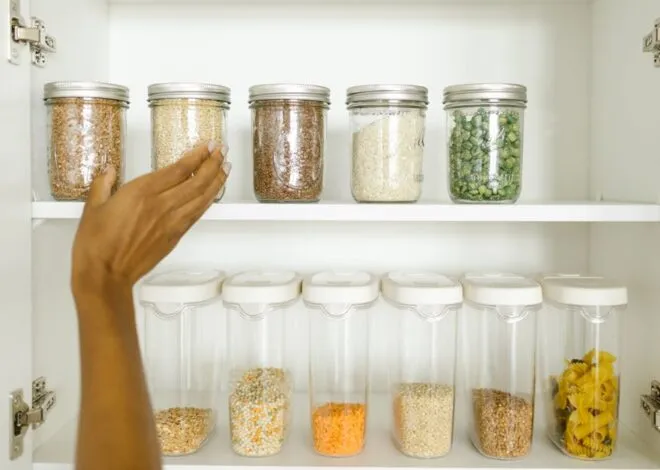A green home uses fewer resources and reduces greenhouse gases, while protecting the environment. Turning your home green not only benefits the environment through conservation and reduced pollution. Many eco-friendly changes also save money. You might have some hesitations or concerns about the cost and effort of making your home green. Fortunately, you can improve your home’s eco-friendliness with little effort, time or money.
Step 1
Plug appliances and electronics into power strips. The Worldwatch Institute recommends using smart power strips that detect when you turn off devices and prevents continued use of phantom power, which will save energy and money. Invest in Energy Star-rated and high-efficiency appliances to reduce water and power use.
Step 2
Adjust your thermostat up to 5 degrees cooler in winter and warmer in summer. The Energy Star websites recommends using a programmable thermostat and adjusting temperatures when you are away from home to save $180 every year. Change the filter on your furnace as recommended by the manufacturer to improve efficiency.
Step 3
Set your hot water heater to 120 degrees F. The University of Phoenix green initiative website recommends using the cold water setting on your washer to gain up to $400 per year in savings. Use a dishwasher instead of hand washing to save approximately 5,000 gallons of water per year, suggests the Environmental Protection Agency. Don’t run the dishwasher or washer unless you have a full load.
Step 4
Replace harsh chemical cleaners with greener products or make your own cleaners. Many detergents, dish soaps and personal care products have petroleum byproducts. The EPA recommends looking for cleaners labeled low-VOC, solvent-free, biodegradable or certified by a group like Green Seal.
Step 5
Take advantage of e-bill programs for any monthly payments. Credit cards, utilities, phone services and banks often have the option to eliminate paper bills, saving trees and reducing pollution. Greenhouse gas emissions could reduce by 2.1 tons yearly if every home in the United States switched to paperless billing, estimates the University of Phoenix green initiative website.
Step 6
Recycle glass, plastic, metal and paper products and compost organic waste. Many municipalities offer curbside recycling pick-up or drop-off locations. Take reusable bags to the store to avoid using wasteful plastic bags. Use a water filter and a reusable bottle instead of purchasing bottled water. The EPA estimates the average American creates nearly 5 lbs. of waste every day.
Photo Credit
- green image by chrisharvey from Fotolia.com





